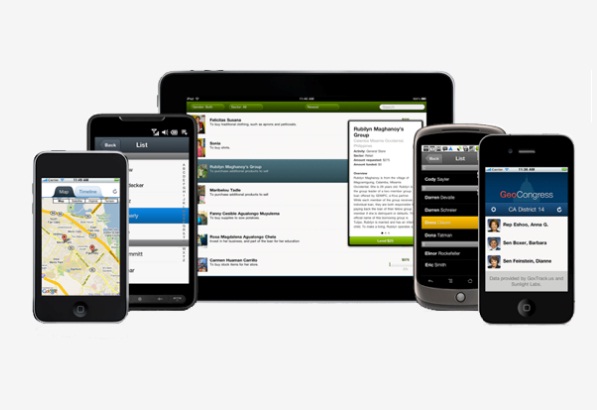
In a market crowded with options, choosing a mobile ad exchange can be an overwhelming task.
Integrating with a mobile ad exchange extracts significant resources from both the DSP and the exchange itself so it’s important to research an exchange’s available features—and determine their value to your organization—before committing that investment. Here are a few things to consider as you prepare to integrate with a mobile ad exchange:
1. Unique Inventory
Many exchanges that offer significant volume are simply reselling inventory from other networks and exchanges, offering low converting, low quality impressions that are rarely first-look. The key when choosing an exchange, then, is quality over quantity. Private exchanges are an excellent place to start when vetting exchanges; they tend to attract exclusive, first-look inventory by offering publishers substantial control over their CPM floors, allowing them to whitelist advertisers and demand partners, and providing enhanced ad quality controls.
2. Scale
After isolating exchanges with unique inventory, you still have to consider volume. If an exchange can’t offer the volume necessary to meet your customers’ campaign goals, the integration will be a waste of time and resources. Before vetting exchanges, take stock of your campaign goals and available resources to better target your search. Then, seek exchanges whose inventories are varied and plentiful across ad formats, locations, and verticals.
3. High-Converting Formats
Not all ad formats are created equal and nowhere is that more true than in the mobile ecosystem. Banners can offer great scale but tend to be disruptive to the user experience and lend themselves to accidental clicks. In order to achieve your advertisers’ campaign goals, look for exchanges that offer high-converting ad formats such as full-screen interstitials, video and retina ads in all forms. As mobile usage shifts significantly in favor of apps, exchanges that offer higher-converting in-app inventory are preferable to those that deploy solely on the mobile web. Additionally, choose an exchange that offers strong downstream metrics for app installation, purchase, sign-up, download, and any other metric that your organization deems valuable.
4. A True Programmatic Solution
Programmatic is the hot topic in the ad tech community. But while many exchanges try to capitalize on its trendiness by claiming to offer programmatic solutions, beware: some of these exchanges have simply rebranded their standard buying solutions via ad tags presenting them as programmatic. Look for exchanges that offer real-time bidding (RTB) integrations to capitalize on the ease and scale of programmatic buying. Additionally, choose an exchange that follows OpenRTB protocol for standardization and ease of integration.
5. Best-in-Class Support
While a self-service platform can be enticing for its ease of use, a high-quality (and eminently available) support team makes all the difference when it comes to optimizing. High touch support allows DSPs to get all the help they need while troubleshooting, optimizing, and honing their bidding strategy. Best-in-class support solutions go one further, providing better insights into the bidding landscape as well as identifying emerging high converting inventory. Remember: programmatic doesn’t mean removing the human element. Nothing beats real live human support from qualified technical professionals.
Focusing your search for a mobile ad exchange helps eliminate trial and error and allows you to take advantage of the exciting cutting edge options available to your organization. Good luck making your (informed) jump into this powerful integration.
